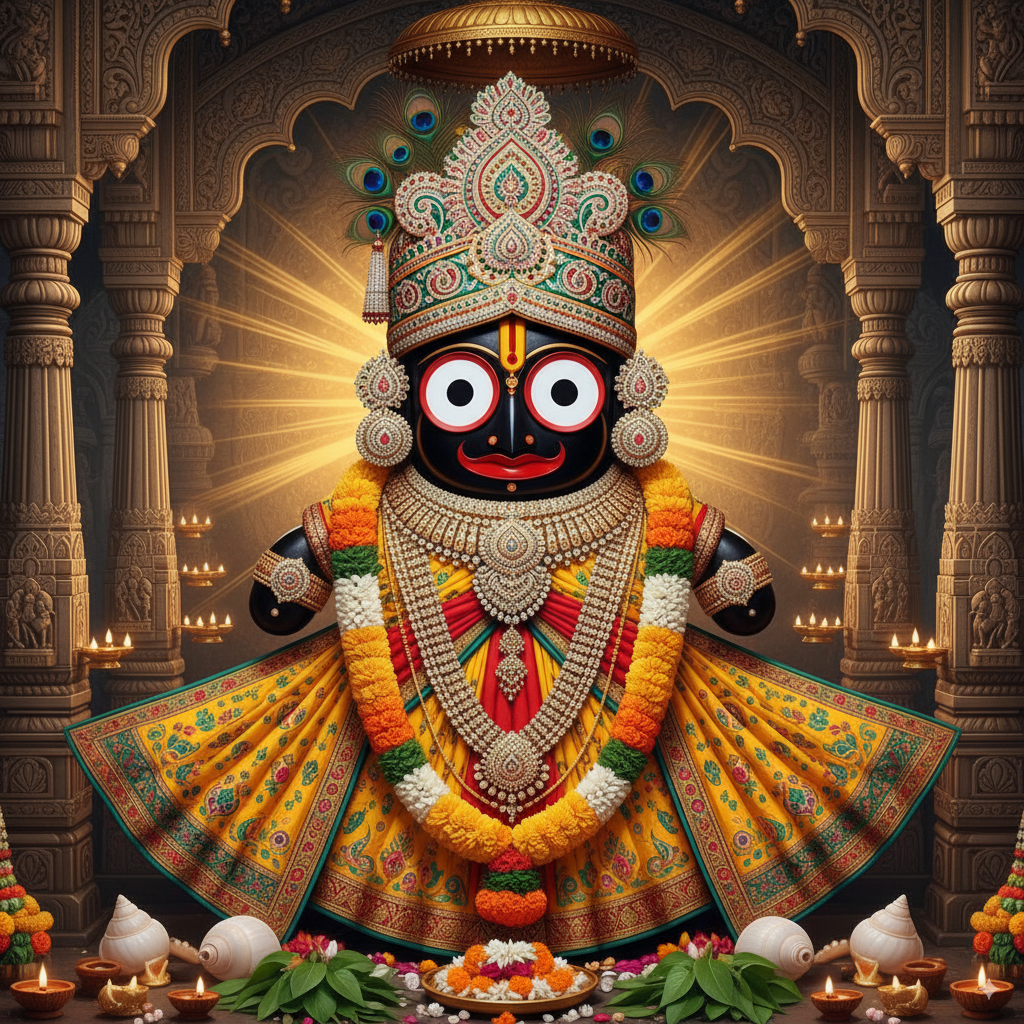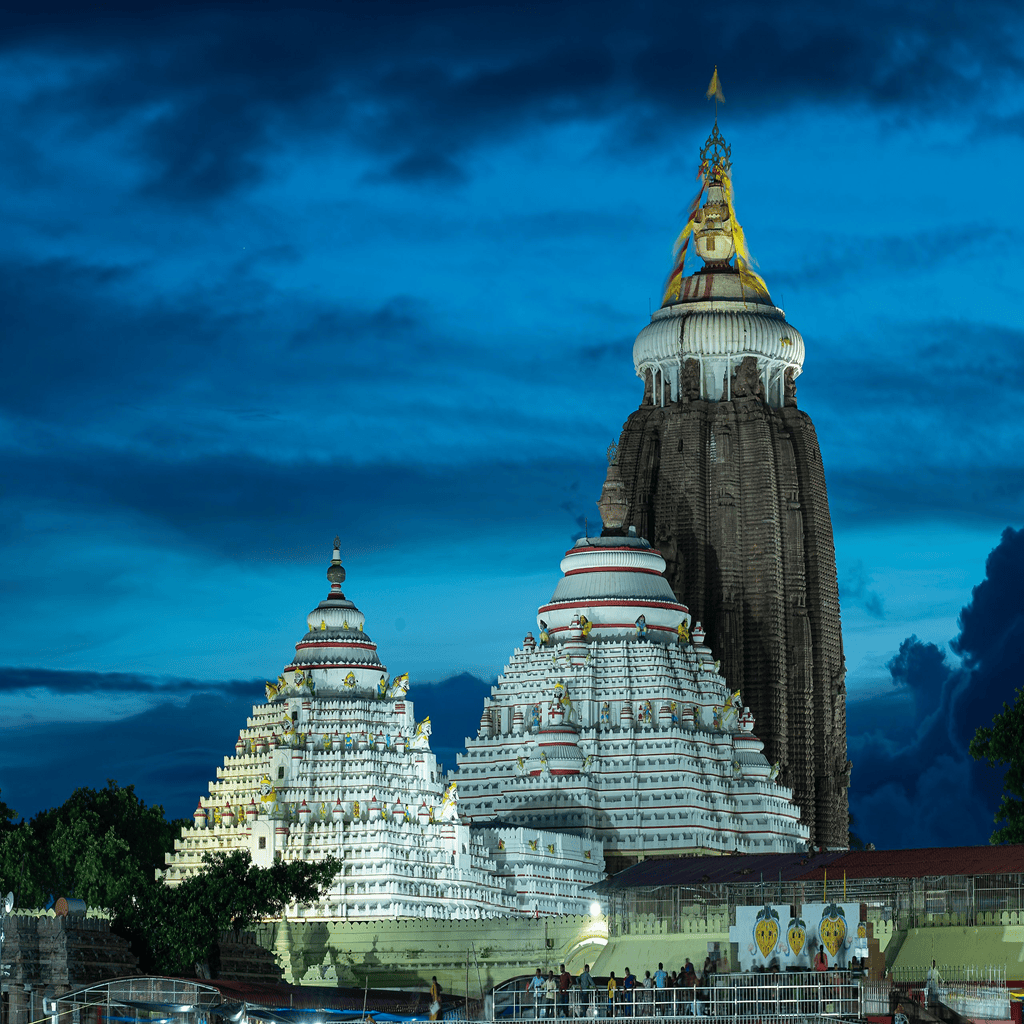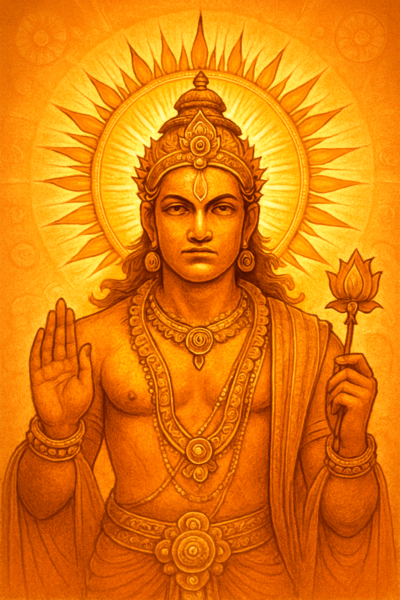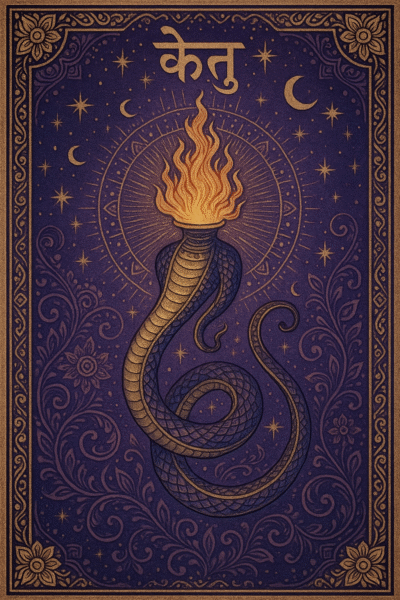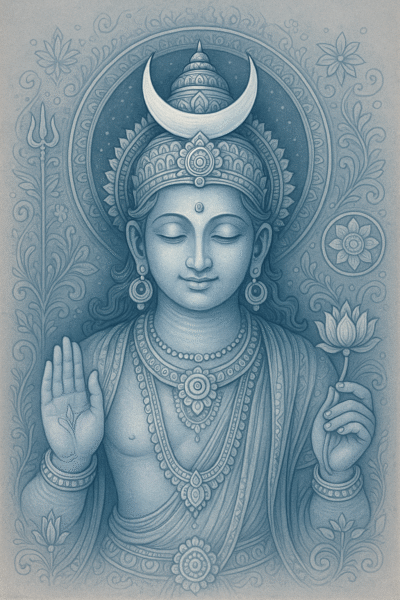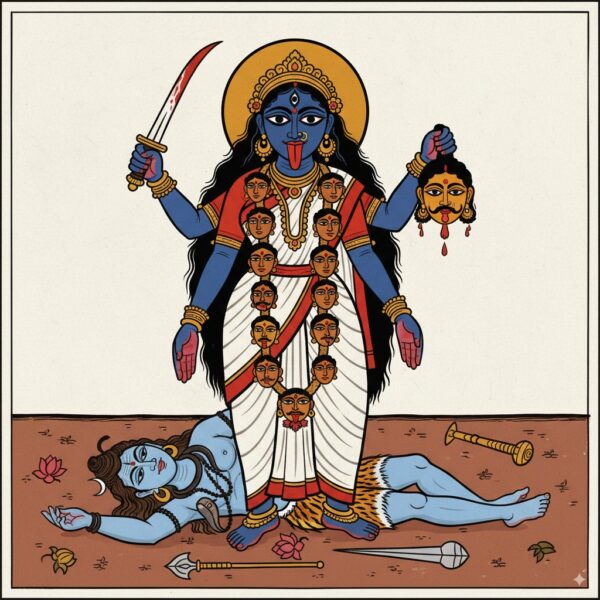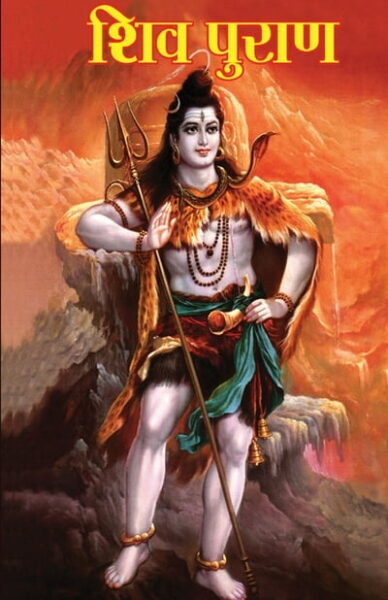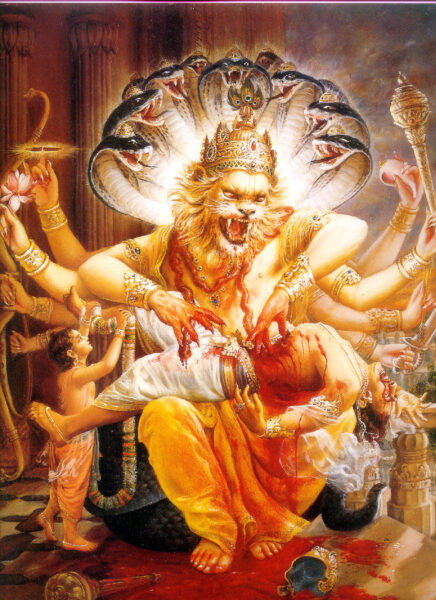Lord Jagannath - The Lord of the Universe
Lord Jagannath, revered as the supreme form of Lord Vishnu or Krishna, is the beloved deity of Odisha and one of the most widely worshipped manifestations in the Hindu pantheon. Known as the "Lord of the Universe," Jagannath symbolizes divine compassion, protectiveness, and universal love. This article covers his iconography, major legends, worship practices, festivals, mantras, sacred places, and modern relevance.
Introduction
Lord Jagannath is the presiding deity of the historic Jagannath Temple in Puri, Odisha, and an incarnation of Lord Vishnu or Krishna. Jagannath represents the cosmic lordship and the compassionate protector of all beings. The unique iconography and vibrant festivals make Jagannath worship a major spiritual and cultural tradition throughout India.
Physical Attributes & Iconography
Lord Jagannath's form is distinct and symbolic:
- Large Round Eyes: Signifying omniscience and infinite compassion.
- Absence of Arms and Legs: Symbolizes equality and universality, representing all beings.
- Square-Shaped Body: Denotes stability and cosmic form.
- Bright Colors: Typically painted in dark hues representing Krishna, with red and yellow highlights.
- Crown and Decorations: Elaborate golden crown and floral decorations during various festivals.
- Accompanying Deities: Balabhadra (elder brother) and Subhadra (sister) accompany him, symbolizing familial and cosmic harmony.
Sacred Names & Titles
- Jagannath — Lord of the Universe
- Nabakalebara — New incarnation in divine form
- Nilamadhava — Early form worshipped in caves
- Darubrahma — The wooden lord
- Balabhadra — Elder brother and protector
- Subhadra — Sister deity representing auspiciousness
Major Legends & Mythology
Origin of Jagannath
According to legend, Lord Jagannath appeared as a wooden form carved from a sacred neem tree to fulfill a divine purpose of protecting dharma and granting salvation.
Nabakalebara Festival
Every 12 to 19 years, new wooden idols are ritually carved and consecrated, symbolizing the renewal of life and spiritual revival.
Chariot Festival (Ratha Yatra)
The famous procession where Lord Jagannath, Balabhadra, and Subhadra are taken on massive chariots through the streets of Puri symbolizes the visit of the deity to his devotees.
Divine Play and Compassion
Jagannath is believed to be an accessible form of the divine who welcomes all irrespective of caste, creed, or gender, embodying universal love and equality.
Spiritual Significance & Philosophy
- Universal Compassion: Jagannath represents the all-embracing cosmic consciousness and unconditional divine love.
- Presence in All: His unique form signifies the divine permeating everyone and everything.
- Inclusivity: Jagannath worship transcends social barriers and promotes unity among all peoples.
- Salvation and Protection: Devotees believe that sincere devotion to Jagannath grants liberation and protection from suffering.
Major Festivals & Observances
- Ratha Yatra (Chariot Festival): The grand annual festival in Puri where the deities are drawn on gigantic chariots.
- Snana Yatra: The bathing festival where deities are ritually bathed and decorated.
- Chandan Yatra: Festival of sandalwood paste application marking the start of summer.
- Nabakalebara: Periodic ritual replacement of deities’ wooden forms that renews spiritual energy.
Sacred Mantras & Prayers
- Jagannath Mantra: Om Jagannathaya Namah — Invocation seeking the blessings of Lord Jagannath.
- Shri Krishna Mantra: Om Namo Bhagavate Vasudevaya — Reverence to the Lord’s supreme divine form.
- Ratha Yatra Songs: Devotional songs sung during the chariot festival exalting Jagannath’s glory.
- Bhajans and Kirtans: Sung throughout the year to invoke Jagannath’s grace and spiritual protection.
Sacred Places & Temples
- Jagannath Temple, Puri (Odisha): The primary and most sacred temple dedicated to Lord Jagannath, a key pilgrimage site.
- Nalanda, Bihar: Historical site where Jagannath was worshipped.
- Konark Sun Temple, Odisha: Famous temple complex nearby, culturally linked to Jagannath traditions.
- Various Temples Across India: Jagannath temples spread across Bihar, Bengal, Andhra Pradesh, Tamil Nadu, and more.
Worship Practices & Rituals
- Daily rituals involving offerings of food, flowers, and lamps to the deities.
- Participation in elaborate daily temple ceremonies including aarti, abhishek, and darshan.
- Recitation of sacred texts and singing devotional hymns.
- Taking part in the Ratha Yatra celebrations with processions and chanting.
- Special pujas during Nabakalebara and other significant festivals.
Benefits of Jagannath Devotion
- Spiritual liberation and peace of mind through heartfelt devotion.
- Harmony and unity within communities that worship Jagannath.
- Reduction of fear, anxiety, and suffering by surrendering to the divine.
- Inspiration for compassion, humility, and service to others.
Modern Relevance & Contemporary Worship
- Jagannath worship today embraces devotees worldwide through temples and online satsangs.
- The Ratha Yatra festival has become a global event celebrating unity and devotion.
- Modern cultural and spiritual movements integrate Jagannath’s teachings of inclusivity and love.
- Jagannath temples serve as centers for community service, education, and cultural preservation.
Conclusion
Lord Jagannath represents the eternal cosmic lordship and infinite compassion accessible to all. His unique form and worship embody universal love, equality, and protection of dharma. Through devotion to Jagannath, devotees find spiritual refuge, community, and divine grace.
Om Jagannathaya Namah — I bow to the Lord of the Universe, the compassionate and all-pervading divine presence.

